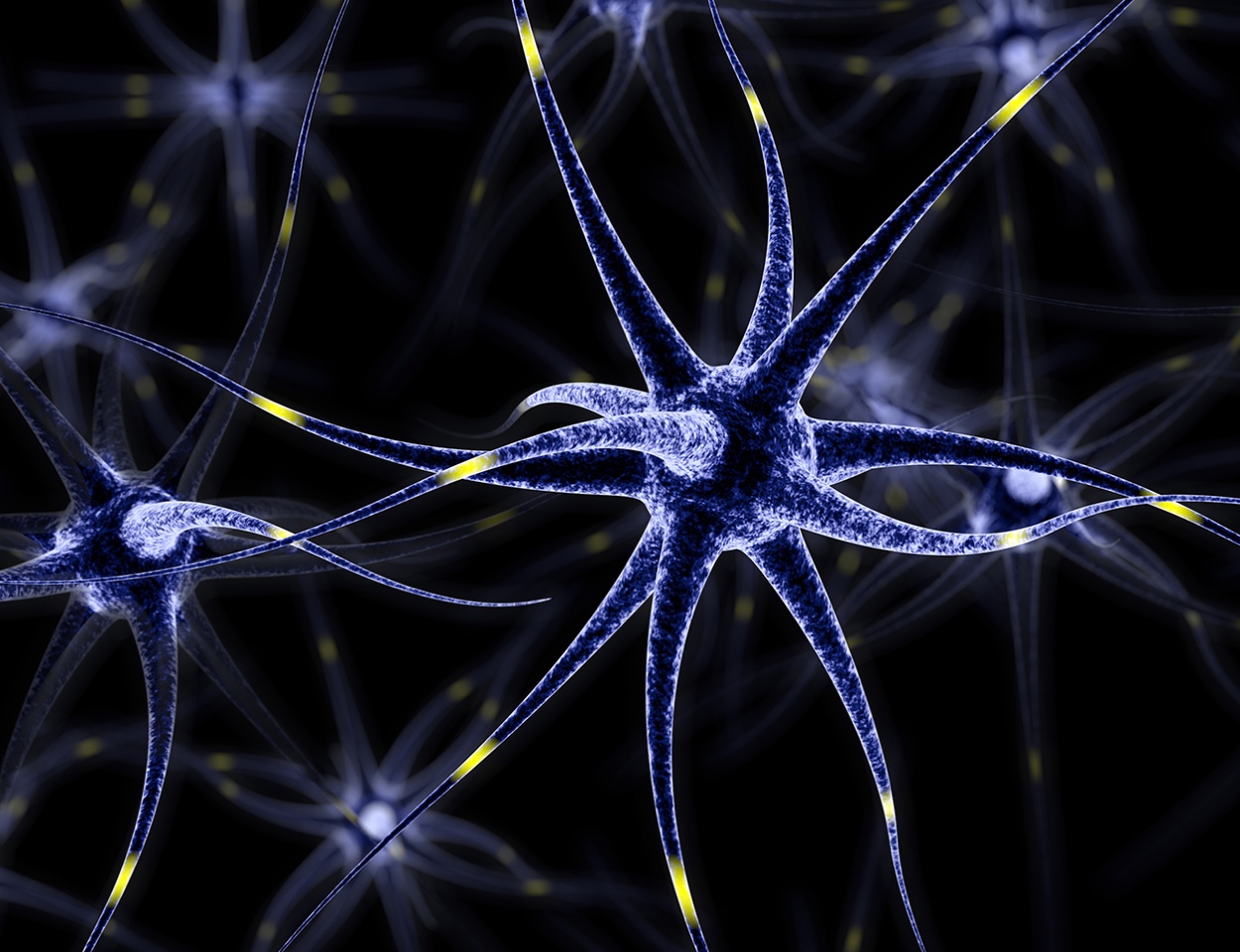Catalyzing collaboration to transform Parkinson’s disease research

“THE COMBINATION OF MANY DATA SETS COULD ALLOW RESEARCHERS GREATER POWER TO ANALYZE POTENTIAL BIOMARKERS FOR PARKINSON’S DISEASE.”
Each year in the United States, an estimated 50,000 people will receive the devastating news of a diagnosis with Parkinson’s disease. Second only to Alzheimer’s disease as the most common age-related neurodegenerative disorder, Parkinson’s disease affects approximately half a million Americans, a number that is expected to triple over the next 50 years as the population ages.
Parkinson’s disease and its hallmark symptoms of tremors and stiffness are unfortunately very well-known to many people. Yet there is much left to learn about the disorder as researchers work to understand the underlying causes, to better predict the disease and its progression, and to develop more effective treatments for patients.
Enter AMP PD, the Accelerating Medicines Partnership for Parkinson’s Disease. A public-private partnership between NIH, biomedical and pharmaceutical companies and a not-for-profit organization, managed by the FNIH, AMP PD is one of the AMP collaborations uniting sectors to transform research in high-priority disease areas such as Alzheimer’s disease, type 2 diabetes, and rheumatoid arthritis and lupus. AMP PD will revolutionize the field of Parkinson’s disease research through its alliance of experts working to identify and validate promising treatment targets for the disease, with the ultimate goal of improving outcomes for patients.
In 2019, AMP PD launched a groundbreaking data portal to grant researchers working on Parkinson’s disease unprecedented access to the de-identified health information of more than 4,000 people. Such access allows scientists to study and analyze complex data sets at a scale previously unthinkable.
The first step was harmonizing the data, a crucial process that ensures the information is entered in an accurate, consistent way and that enables the comparison of data from many different sources. Looking forward, this establishes the standard for harmonized databases.
“AMP PD is a true example of the whole being greater than the sum of its parts. The combination of many data sets could allow researchers greater power to analyze potential biomarkers for Parkinson’s disease,” says Walter Koroshetz, M.D., director of the National Institute of Neurological Disorders and Stroke. “This effort follows other AMP programs which have the shared goal of changing the way we go about the business of studying disease.”